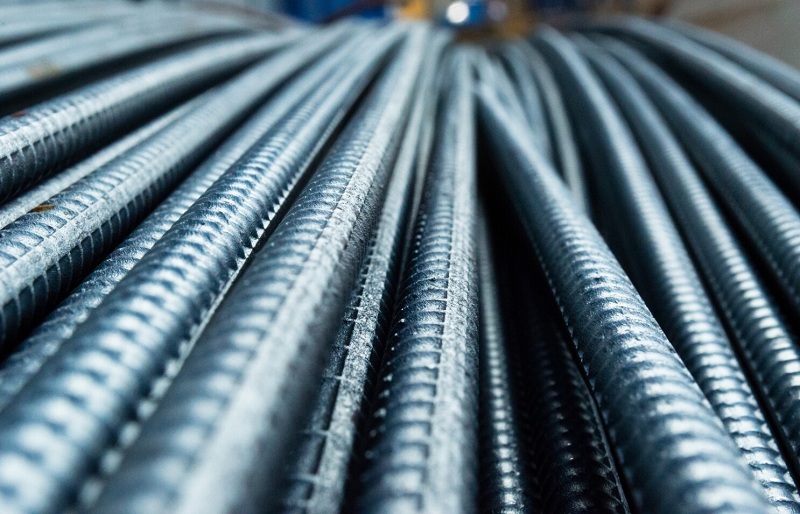
P is brought into steel by ore, and phosphorus is generally a harmful element. Although phosphorus can increase the strength and hardness of steel, it can significantly reduce the plasticity and impact toughness. Especially at low temperatures, it makes the steel significantly brittle, a phenomenon called "cold brittleness". Cold brittleness makes the cold working and weldability of steel worse, the higher the phosphorus content, the greater the cold brittleness, so the phosphorus content in steel is strictly controlled. The solid solution strengthening and cold hardening of P is very good, combined with copper, improve the atmospheric corrosion resistance of low alloy high strength steel, but reduce its cold stamping performance, combined with sulfur, manganese, improve the machinability, increase tempering brittleness and cold brittleness sensitivity. Phosphorus can improve the specific resistance, and because it is easy to coarse crystal and can reduce coercivity and eddy current loss, in terms of magnetic induction, the magnetic induction of steel with high phosphorus content will be increased under the weak magnetic field, thermal processing of silicon steel containing P is not difficult, but because it will make silicon steel with cold brittleness, content ≯0.15%. P can play a certain strengthening role in ferrite, and also has a positive contribution to corrosion resistance in low alloy steel. But there is a huge problem in P is that the segregation is serious, which is easy to lead to cold and brittle. Therefore, P is generally classified as a harmful element, and the content needs to be controlled at a low level. But it is not to say that it should be completely removed, one is not cost-effective, and the second is that the performance will even be reduced.

Sulfur comes from steelmaking ore and coke fuel. It is a harmful element in steel. Sulfur exists in steel in the form of iron sulfide (FeS), and FeS and Fe form a low melting point (985℃) compound. The hot working temperature of steel is generally above 1150 ~ 1200 ° C, so when the steel is hot working, the workpiece cracks due to the premature melting of FeS compounds, which is called "hot brittleness". Reduce the ductility and toughness of steel, causing cracks during forging and rolling. Sulfur is also detrimental to welding performance, reducing corrosion resistance. High quality steel: S < 0.02% ~ 0.03%; High quality steel: S < 0.03% ~ 0.045%; Ordinary steel: S < 0.055% ~ 0.7%.
P, S and other elements are common alloying elements in free-cutting steel, and can improve the machining performance of steel under strict control of the amount of use. Because its chips are brittle and can get a very shiny surface, it can be used to make steel parts requiring small loads and high surface finish by intentionally adding a small amount of sulfur (=0.2 ~ 0.4%). Certain high speed tool steels are vulcanized on surfaces. So, lower is not better. Mainly depends on the performance requirements of the steel.
Five details before decorating stainless steel kitchen cabinets
2022-12-27Why are bullets made of brass in all countries but stainless steel in China?
2021-10-20How to choose stainless steel screen for room partition in room layout
2021-05-13Effect of heat treatment on microstructure and hardness of stainless steel
2024-07-03Stainless Steel Sheets Curtain Wall Design is More Advanced!
2022-01-14Stainless steel surface treatment process- Mirror treatment
2020-11-19






